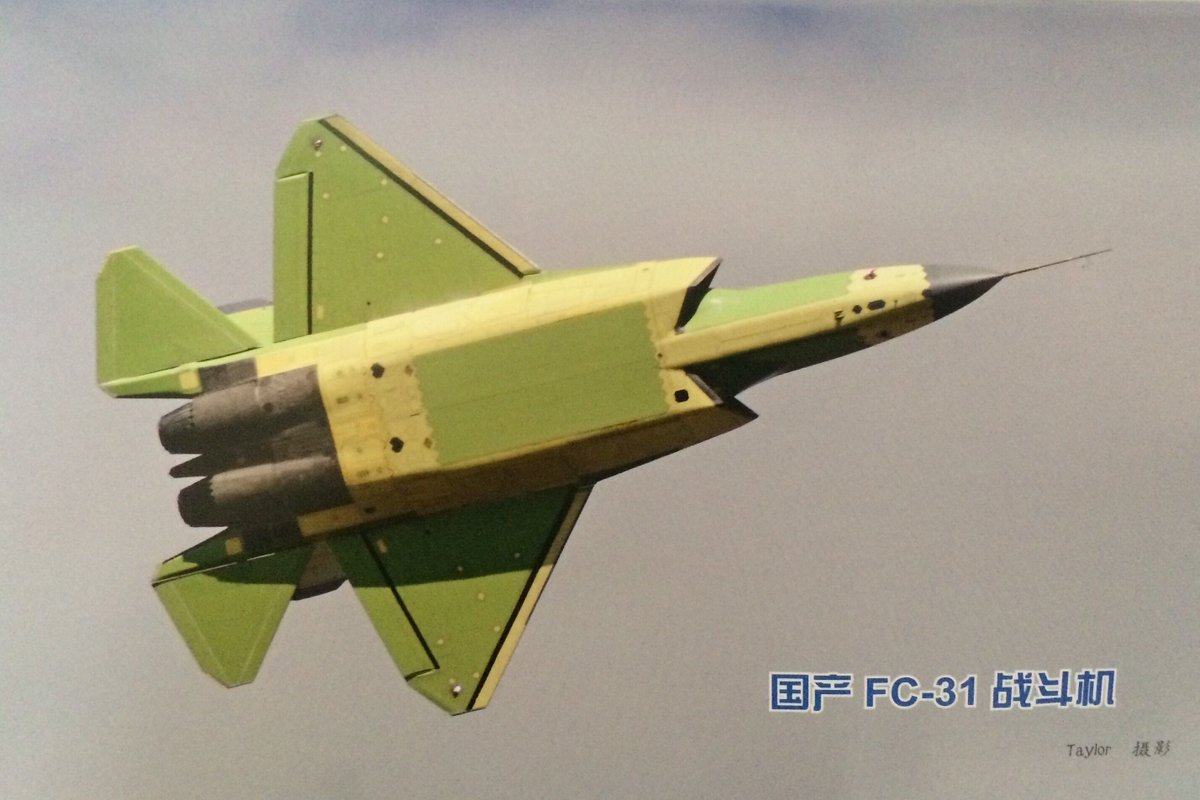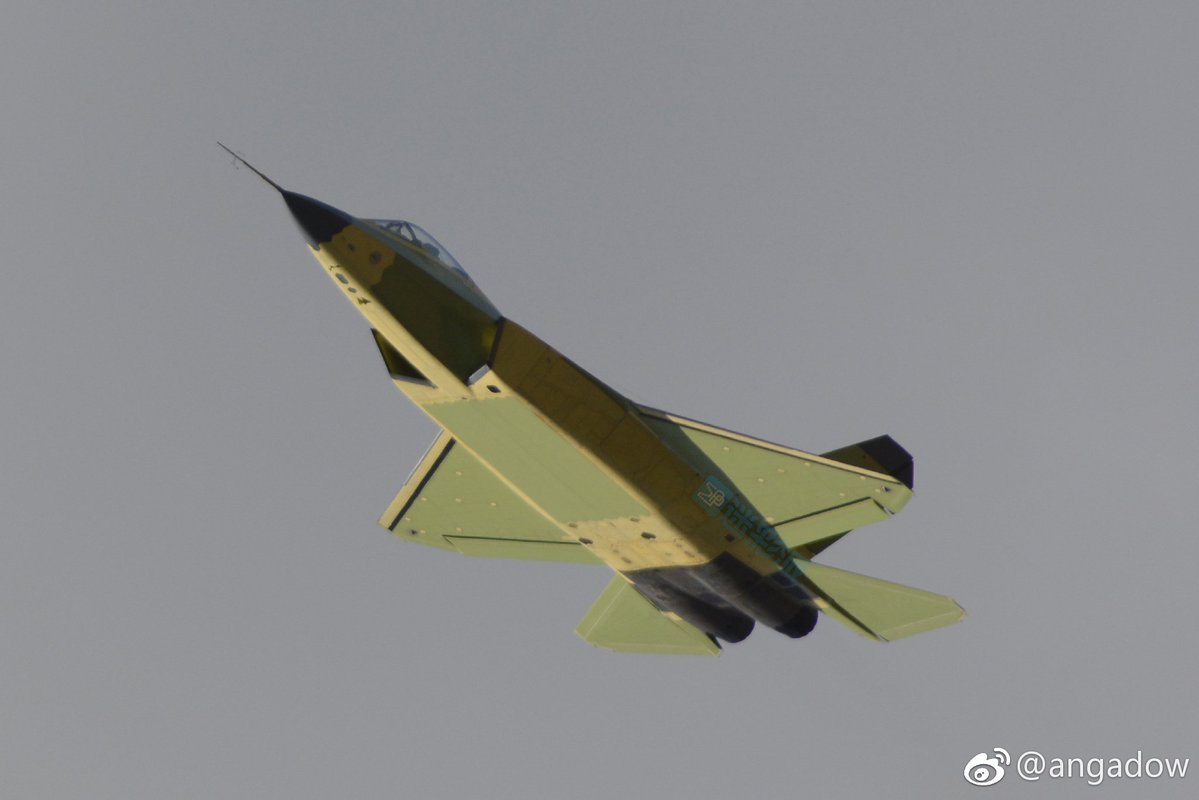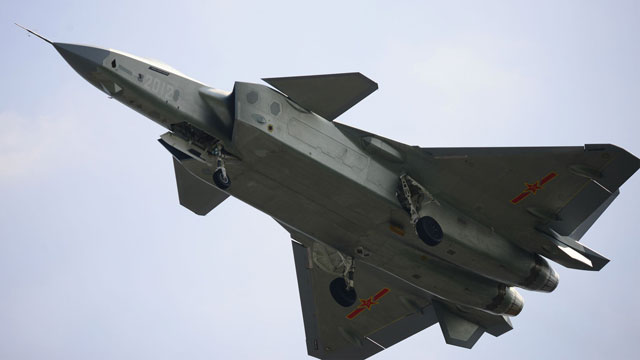There is more serious problem on the current design, in regards to drag, lift and engine power.
First of all it's not following supersonic area ratio very well. The main wings locate at a position that the fuselage has no shrinkage. Therefore the drag cannot be small when the aircraft's speed goes high.
The fuselage can not shrink at that main wings' position because it has to contain a big internal weapon bay. But to minimize the weight, the designer cannot further extend the fuselage to create shrinkage as that of F-22's aft fuselage. You may ask why they can't make the aircraft longer and hence heavier? Because the engines are mid thrust engines (RD-93 or WS-13) and will be significantly under-powered if the fuselage goes any larger.
As the engines are mid thrust engines, the fuselage has to be designed to have the main wings coupling with the very straight fuselage because of the internal weapon bay. Then high drag is unavoidable and energy bleeding can be quite visible when the aircraft maneuvers.
To maintain acceptable energy level, the aircraft's after burners were engaged quite often during some high profile demo flights, which received a lot of criticism as the fuel consumption looks very high. FC-31, as a stealth fighter, is not supposed to be used like a Mig-29, which is a typical front line fighter with a very short combat radius.










